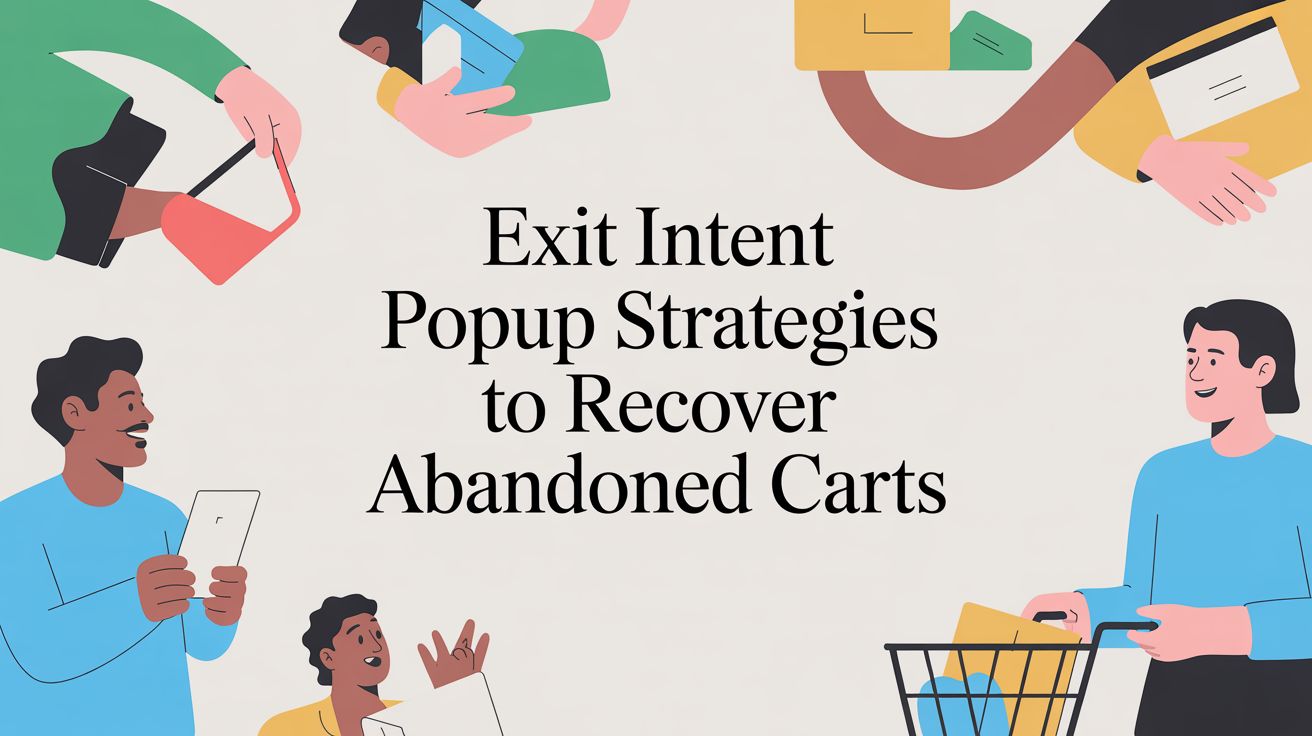
Mobile app strategies for your fast-food restaurant

When the selling point for most quick-service restaurants (QSRs) is their fast and convenient food on-the-go, it’s no wonder brands are focusing their efforts on mobile app marketing.
An almost-instant form of communication with consumers who prefer applications on their smartphones over other platforms, mobile apps have grown in popularity and they’re only getting started. Between 2019 and 2021, consumers spent more on mobile apps than ever before, a trend that is expected to continue.
So, what does that mean for QSRs? We wanted to find out how fast-food brands should approach mobile app marketing in order to best serve their customers. Amin Yazdani, CEO of Craver, an app development company based in Canada that focuses primarily on mobile apps for QSRs, spoke with us about what constitutes a good user experience, best practices for customer engagement, key indicators of a well-functioning app and future trends you should make note of.
Here’s what he had to say:
Good mobile apps are easy to use and reflective of the in-store experience
Psychology tells us that humans prefer easy options over those that require more effort or mental strain. We want things in life to be simple, and this includes the experiences we have with brands. A good mobile app must find the balance between offering a simple platform and developing engaging experiences.
“A great customer experience is one that is simple and delightful," said Yazdani. "It’s simple and convenient for them to place an order and go pick it up. But you also need to engage them during their order and pick-up process. That’s how you delight them and turn them into repeat customers."
Your mobile app is an extension of your brick-and-mortar store, and it should be treated as such. Presumably, if customers have taken the time to download your mobile app they’ve probably come in contact with your store and like what they’ve seen. You want to nurture those thoughts. Yazdani recommends giving your customers more of what they enjoy about your brand via your mobile app.
“Engaging customers through your mobile app means translating your in-store experience into an online experience. Communicate with your customers by offering them personalized promotions through push notifications,” Yazdani recommended. “Suggest menu items that pair well with the ones they are already ordering with upselling prompts in the app. Allow customers to modify their menu items to exactly how they like them.”
Convenience is table stakes; value is critical
We can’t say this enough: You have to offer your customers something of value.
For example, getting customers to engage with your brand isn’t just about having a menu they love— it’s also about having a well-rounded approach to customer satisfaction.
The same holds true for their mobile app experience.
“Keep in mind that the space on your customer’s phone has value. Asking your customers to download the app is a big ask. You need to offer them something in exchange,” said Yazdani. “What you offer your customers will come back to your restaurant brand. Some restaurants offer more convenient ways for customers to pick up their takeout orders. But, convenience is now table stakes. Your customers have come to expect a convenient user experience. They won’t go out of their way to order from your restaurant.”
Yazdani said it best: The bare minimum won’t cut it. You have to be willing to go the extra mile, provide your customers with service that will make for a more memorable experience.
“Many restaurants offer loyalty rewards points that can be collected and redeemed within the app, with bonus points for downloading the app and creating an account,” said Yazdani. “We’ve seen the best results in restaurants that use their apps to give real-time updates on the order status, delivery tracking, curbside pick-up or dine-in orders.”
Getting your customers to engage with your brand is only part of the marketing journey. You also have to keep them engaged.
“Then, to keep customers engaged with your app you need to regularly communicate with them. Many of our clients use push notifications to send out order updates, loyalty points reminders, personal recommendations and promotions. We’ve seen success in increasing order sizes and bringing customers back when a restaurant uses coupons and promotions in smart push notification campaigns,” said Yazdani.
Indicators of a high-performing mobile app
You also need to have a clear understanding of your app's performance. One way you can do this is by referring to known markers of a highly developed mobile app.
“The best indicators to monitor are the number of downloads and the app reviews. The number of downloads and accounts created that you have is a sign that you’ve marketed the app well,” said Yazdani. “And if your customers have a bad experience, they will tell Google Play Store or the App Store about it. Regularly check your reviews on both platforms, and check for anyone complaining about difficult navigation, bugs or bad experiences.”
Yazdani says QSR apps should aim for a rating close to 4.8 stars or higher.
Another indicator you can monitor is order volume. Do your customers order more when they order through the app? You should also keep your eye on order frequency. How often are your customers ordering? Yazdani advises marketers like yourself to monitor these and compare them to your in-store orders.
Understand future trends, but don't drop the basics
Having an idea of what’s to come in the future of mobile app marketing may help you position your brand as a leader, as well. But no matter what comes about, Yazdani says sticking to the basics and focusing on customer satisfaction will be highly beneficial for your brand.
“Consumers have become more receptive to downloading apps and trying them out. But, on the other side, they are also quick to judge and will delete a low-quality app. It’s important to focus on acquiring app users, but also retaining them over time. Your app needs to perform well consistently, and engage the customer on a regular basis,” said Yazdani. “Good mobile apps will become more intelligent and engaging. They’ll increase customer loyalty to the brand when marketed well.”
Mobile apps are an integral part of consumer-focused marketing. QSRs have a lot to gain from properly tending to this channel, starting with creating more opportunities to better serve their customers.

Lindsay Keener is a brand journalist for Quikly. She covers stories that help to inform and educate consumer-facing marketers.

